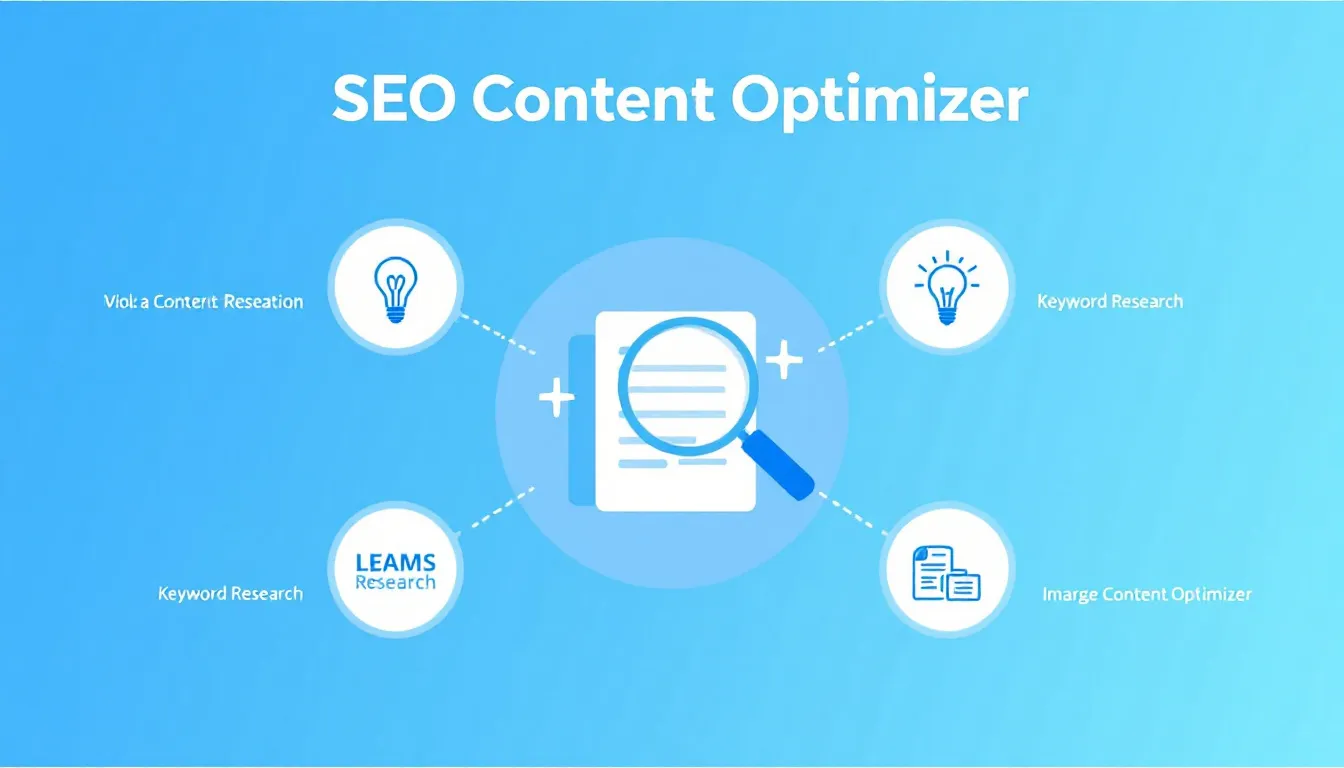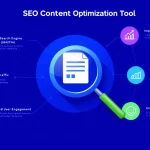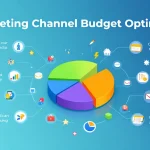SEO Content Optimizer
Is this tool helpful?
How to Use the SEO Content Optimizer Effectively
Follow these straightforward steps to get the best results from the SEO Content Optimizer. This tool helps you enhance your content’s readability and search engine performance.
-
Enter your original text: Paste the content you want to improve in the first field. This can be anything from a marketing email to a website homepage paragraph.
Example inputs:- A 400-word summary about “Benefits of Remote Work”
- A product overview of a new smart home thermostat
-
Add target keywords (optional): Enter relevant keywords or phrases to integrate naturally into your text. Separate multiple keywords with commas.
Example inputs:- “home automation, energy efficiency, smart thermostat”
- “remote work benefits, flexible schedule, productivity”
-
Choose your desired tone of voice (optional): Specify how you want your optimized content to sound to fit your audience or brand style.
Example inputs:- “casual and friendly”
- “informative and persuasive”
- Click “Optimize Content”: Submit your inputs to start the optimization process.
- Review and copy the optimized content: Once the results appear, check the improved structure, keyword use, and tone. Copy the optimized text for your next step, whether publishing or further editing.
What Is the SEO Content Optimizer and How It Helps You
The SEO Content Optimizer is a content refinement tool designed to improve your text’s clarity, engagement, and search engine performance. It analyzes your original content and applies SEO best practices while preserving your intended message.
By automatically adjusting sentence structure, integrating relevant keywords, and enhancing readability, the tool helps your content connect better with your audience and rank higher in search results.
Key benefits include:
- Improved search engine rankings by optimizing keyword placement and content flow
- Enhanced reader engagement through clearer, more concise writing
- Consistent tone tailored to your specified style to strengthen your brand voice
- Time savings by simplifying the optimization process without needing advanced SEO knowledge
- Suggestions for better subheadings and active voice usage to make content scannable and dynamic
Practical Uses of the SEO Content Optimizer
You can apply this tool to a wide range of content types to boost SEO and improve communication effectiveness. Here are common scenarios where this tool adds value:
1. Blog Posts and Articles
Optimize your blog for target keywords while keeping an engaging, easy-to-read style. For example, a post on “Healthy Meal Prep Ideas” can incorporate keywords like nutritious recipes and easy cooking tips, improving both search rankings and audience retention.
2. Product Descriptions
Enhance product pages by naturally weaving in features and benefits keywords. A description for a “Wireless Earbuds” might highlight terms such as long battery life and noise cancellation, helping customers find and trust your products.
3. Marketing Emails
Refine your email copy to increase open and click-through rates. Tailor the tone to be conversational or professional depending on your audience and include relevant search terms to maintain a consistent brand voice.
4. Website Content
Boost visibility across service pages, landing pages, and FAQs by improving keyword use and readability. This helps visitors quickly find what they need and improves your site’s authority in search engines.
5. Educational Material
Make course descriptions, guides, and tutorials clearer and more accessible, integrating important terms without cluttering the text. For example, an online course on “Digital Photography” can emphasize terms like camera settings and lighting techniques.
How the SEO Content Optimizer Balances Readability and SEO
A key challenge in content creation is making your text both search engine-friendly and human-friendly. This tool automatically:
- Integrates keywords naturally: It avoids keyword stuffing by weaving target phrases in ways that feel organic.
- Improves sentence flow: Complex or awkward sentences get simplified for better reader comprehension.
- Suggests active voice: It replaces passive constructions to make your writing more direct and engaging.
- Structures content: It recommends headings and subheadings to organize ideas clearly.
- Adjusts tone: It modifies word choice and phrasing based on your chosen style.
Example Transformation
Original:
“Our company’s social media services are liked by many clients and are often appreciated for their effectiveness.”
Optimized:
“Clients praise our social media services for their effectiveness and consistent results.”
Common Questions About the SEO Content Optimizer
Can I use this tool for content other than blog posts?
Yes, you can optimize marketing copy, product descriptions, emails, landing pages, and more. The tool adapts to various content types to improve clarity and SEO.
Is it necessary to provide target keywords?
Target keywords are optional but recommended. Providing them helps the tool tailor the content to rank well for those specific search terms.
How does tone selection affect the output?
Choosing a tone guides the tool in adjusting language style. For instance, a “friendly” tone results in casual phrasing, while a “professional” tone favors formal vocabulary and structure.
Will the optimized text sound natural?
Yes. The tool aims to preserve your original voice while making improvements that enhance both SEO and readability.
How quickly does the optimization happen?
Most results appear within seconds, though very long content may take slightly more time.
Important Disclaimer
The calculations, results, and content provided by our tools are not guaranteed to be accurate, complete, or reliable. Users are responsible for verifying and interpreting the results. Our content and tools may contain errors, biases, or inconsistencies. Do not enter personal data, sensitive information, or personally identifiable information in our web forms or tools. Such data entry violates our terms of service and may result in unauthorized disclosure to third parties. We reserve the right to save inputs and outputs from our tools for the purposes of error debugging, bias identification, and performance improvement. External companies providing AI models used in our tools may also save and process data in accordance with their own policies. By using our tools, you consent to this data collection and processing. We reserve the right to limit the usage of our tools based on current usability factors.







